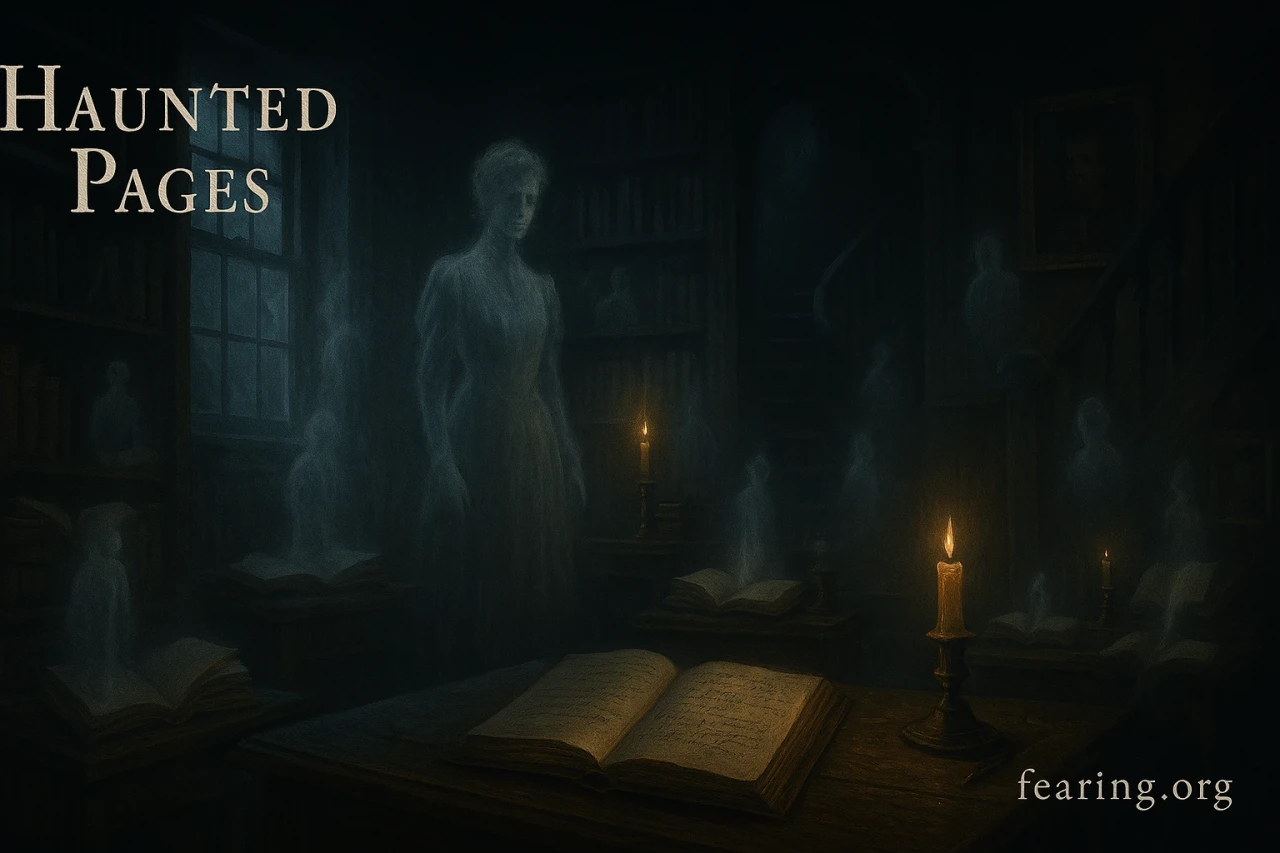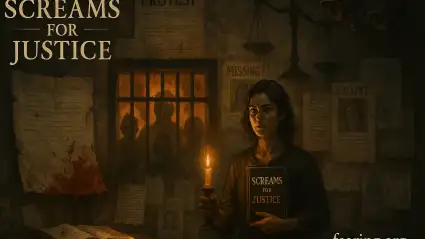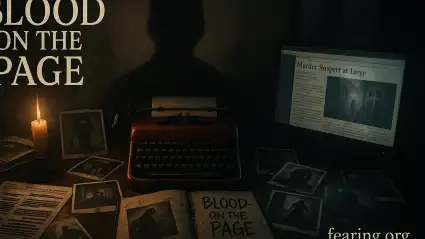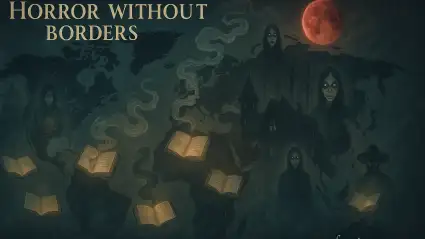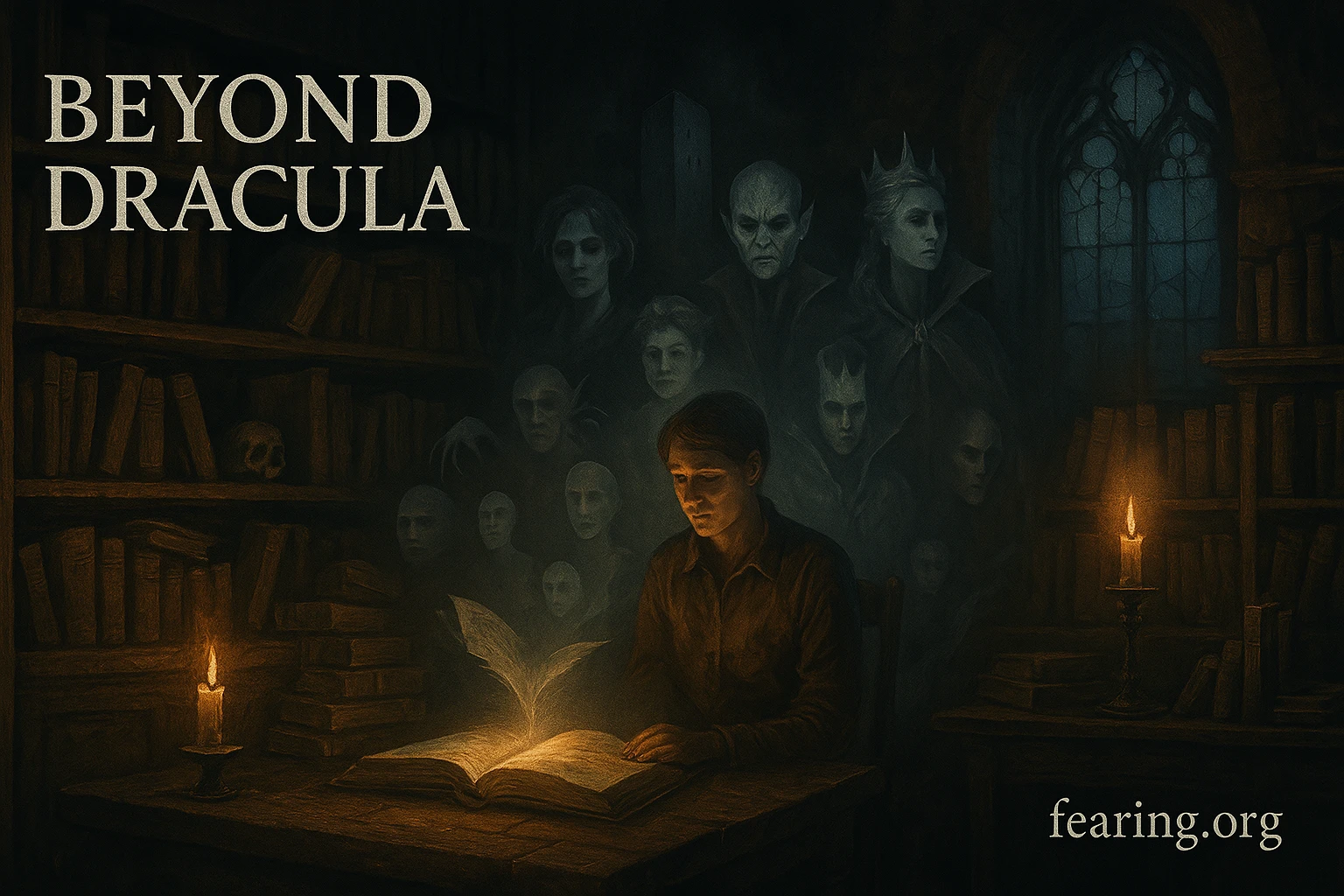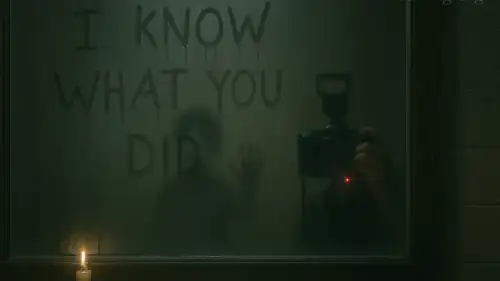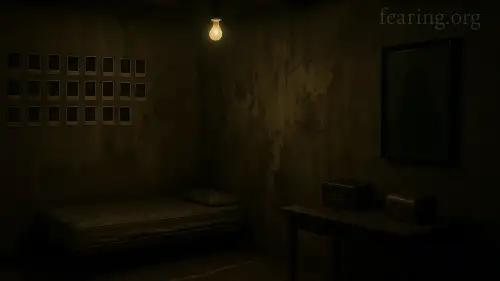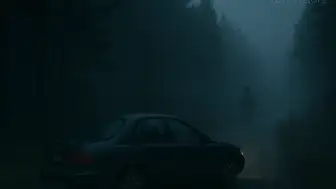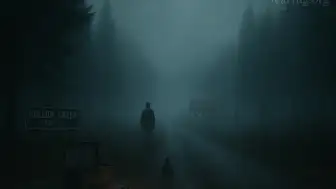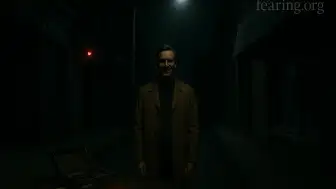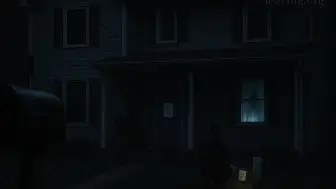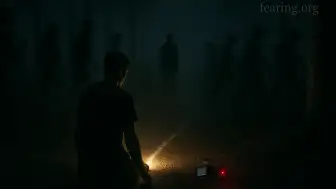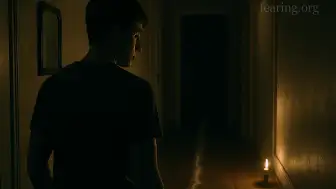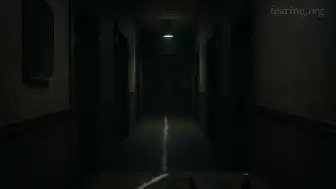From creaking floorboards to phantom whispers, from spectral brides to unfinished business beyond the grave—ghosts have haunted the pages of horror literature for centuries. These supernatural entities aren’t just there to startle readers; they are symbols, storytellers, and shadows of history. In classic horror, ghosts play a far more powerful role than simply going bump in the night.
"In gothic fiction, the ghost is never just a ghost—it’s the past refusing to stay buried."
In this article, we’ll explore the literary function, symbolic meaning, and chilling beauty of ghosts and spirits across classic horror tales, tracing their evolution from folklore figures to psychological metaphors.
The Literary Origins of the Ghost
Ghost stories predate print—rooted in oral traditions, mythology, and religious belief. But in literature, their rise truly began with:
Elizabethan revenge plays (Hamlet's ghost as father, guide, and avenger)
Gothic fiction of the late 18th and early 19th centuries
One of the earliest literary ghosts to shape the genre was the mysterious specter in Horace Walpole’s The Castle of Otranto (1764), setting the tone for haunted settings, cursed families, and spectral intrusions.
Ghosts in Victorian Horror
The Victorian era was a golden age for ghost stories. As spiritualism gained popularity and technology blurred the line between life and death (telegraphs, photography), fiction responded with haunted mansions, seances, and lingering souls.
Key examples:
The Turn of the Screw by Henry James (1898)
Ambiguous, psychological ghost story
Are the ghosts real or products of madness?
The children’s innocence is overshadowed by adult secrets
A Christmas Carol by Charles Dickens (1843)
Ghosts as moral guides and agents of transformation
Past, present, and future used as narrative devices
The Signal-Man by Charles Dickens (1866)
Precursor to cosmic horror
A ghost that appears as a harbinger of disaster
The Ghost as Symbol: What Do They Represent?
Ghosts are rarely just characters—they are symbols of unresolved trauma, guilt, grief, or retribution.
Common interpretations include:
Unfinished business: spirits who can’t rest until justice or truth is revealed
Historical trauma: particularly in stories dealing with war, colonialism, or familial abuse
Psychological projections: representing the character’s own inner turmoil
"The ghost is often the only character brave enough to speak the truth."
Female Ghosts and Gendered Hauntings
Women appear frequently as ghosts in classic horror—why?
Often victims of patriarchal systems, denied justice in life
Their spectral return is both vengeance and testimony
Examples:
The Woman in Black by Susan Hill (1983, styled as a classic tale)
Miss Jessel in The Turn of the Screw
The ghostly bride trope in Victorian and Gothic literature
These feminine ghosts challenge gender roles, haunting not only places but ideologies.
Cultural Ghosts and Folkloric Roots
Different cultures bring unique ghosts to the literary canon:
Yūrei in Japanese horror: long-haired, pale spirits of injustice (Kwaidan, Lafcadio Hearn)
La Llorona in Latin American myth: a mother in mourning
Banshees in Irish legend: omens of death
These spirits infuse classic horror with global, ancestral resonance—reminding us that haunting is a universal language.
Haunted Houses: Architecture of Memory
Buildings in ghost stories are rarely neutral. They are often living characters:
Mansions passed through generations
Forgotten orphanages
Asylums with terrible histories
The haunted house becomes a metaphor for the mind—filled with locked rooms, echoing traumas, and things we refuse to face.
Key examples:
The Haunting of Hill House by Shirley Jackson
Rebecca by Daphne du Maurier
The Others (2001 film, heavily inspired by gothic literature)
"To enter the haunted house is to confront the self."
Ghosts and the Evolution of Horror
While early ghost stories emphasized shock or morality, modern iterations explore:
Mental health and emotional breakdowns
Unreliable narration and subjective reality
Ghosts as metaphors for isolation, depression, or suppressed memories
Even in contemporary horror, the literary ghost persists—sometimes invisible, sometimes undeniable.
Final Thoughts
Ghosts in classic horror are not mere frights—they are messengers, metaphors, and mirrors. They guide characters through personal and collective darkness, demand confrontation with the past, and illuminate truths too painful for the living to say aloud.
Whether whispered in a crumbling hallway or wept from the shadows of a long-lost diary, these spirits endure. Not because they seek revenge—but because they cannot be forgotten.
“In the end, every ghost story is a memory trying to be heard.”

